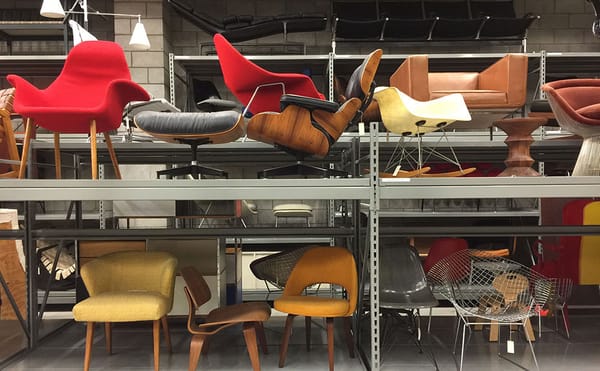
Art
How Finland Helped Shape American Midcentury Modernism
When architect Eliel Saarinen moved to the US and designed Cranbrook, he brought his Finnish heritage with him.

Art
When architect Eliel Saarinen moved to the US and designed Cranbrook, he brought his Finnish heritage with him.
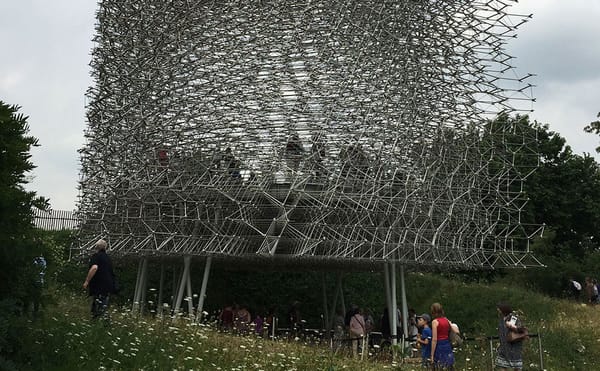
Art
Wolfgang Buttress's “The Hive” is an environment designed to amplify public awareness of the critical situation of bees.

Art
INDIANAPOLIS — In the mid-1970s, when my new, Hoosier husband first took me to visit Indianapolis, the city seemed haunted by the ghosts of middlebrow culture.

Art
FLINT, Mich. — When President Obama visited Flint a few weeks ago and took note of peoples’ feisty attitude, I was relieved to have my own perceptions echoed by someone I trust, who probably has spent about as much — or more accurately, as little — time in the city as I have.
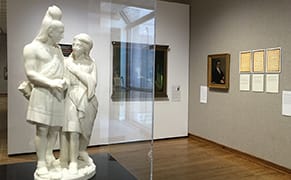
Art
MUSKEGON, Mich. — Common Ground, the Muskegon Museum of Art’s current exhibition of African American art, combines works from three regional Michigan collections: the Muskegon museum, the Kalamazoo Institute of Arts, and the Flint Institute of Arts.

Art
KALAMAZOO, Mich. — Jiha Moon’s colorful mixed-media works are in the collections of the Asia Society in New York and the Smithsonian's Hirshhorn Museum and Sculpture Garden, among other US institutions.
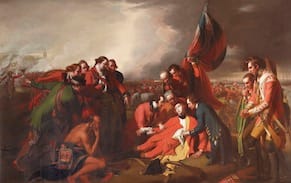
Art
LONDON — Artist and Empire contains something for everyone, ranging from fierce pride to loathing, as well as everything in between.

Art
GRAND RAPIDS, Mich. — It might seem like a leap, using gorgeous studio glass objects to convey potentially alarming data about population growth, but Norwood Viviano pulls the two together very persuasively.
Art
LONDON — Losing the Compass, at White Cube in London’s Mason’s Yard, aspires to critique geographical, aesthetic, and other sorts of hierarchies.
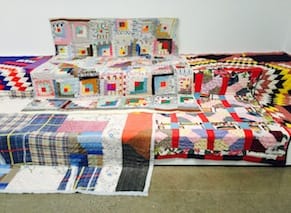
Art
LONDON — Losing the Compass, at White Cube in London’s Mason’s Yard, aspires to critique geographical, aesthetic, and other sorts of hierarchies.
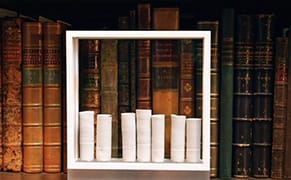
Art
LONDON — white, Edmund de Waal’s intervention at the Royal Academy (RA) library, is a wonder.
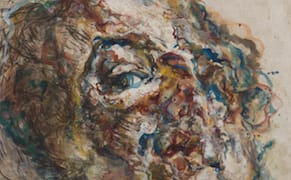
Art
LONDON — Pictures by the Damascus-born, Berlin-based artist Marwan Kassab-Bachi are neither Arab nor European, Syrian nor German, but occupy the liminal space that diasporic people find themselves in.